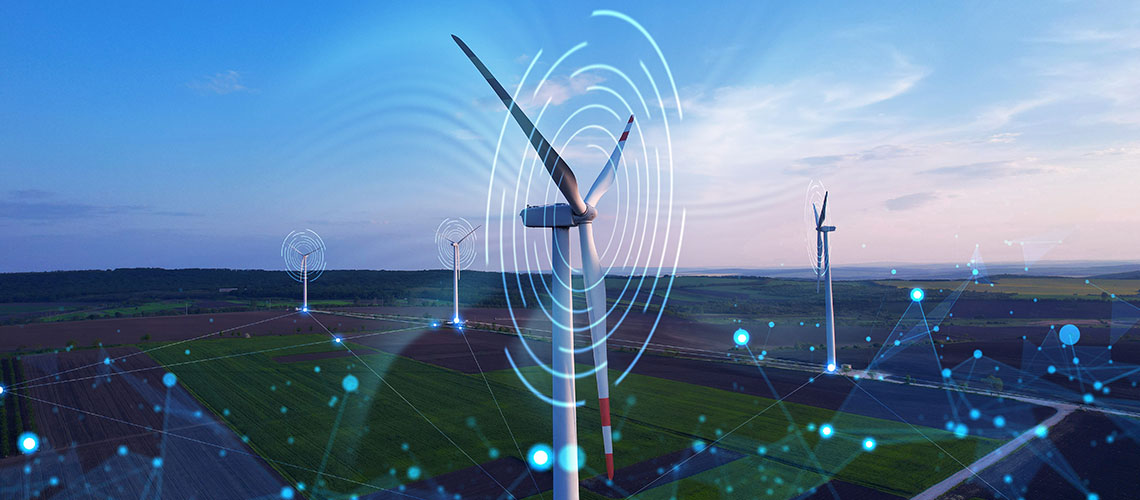The Future of Wind Energy: What to Expect in 2025 and Beyond

As of early 2025, India has already installed over 50 GW of wind energy capacity, and the Indian Wind Turbine Manufacturers Association (IWTMA) is confident the country can double that to 100 GW by 2030. This ambitious target isn’t just about numbers; it’s about transforming how we power our homes, businesses, and industries. Wind energy is becoming a cornerstone of renewable power in India, offering a cleaner, more sustainable alternative to fossil fuels.
But the momentum we’re seeing in the wind energy industry in India isn’t happening in isolation—it’s part of a larger global push toward greener, cleaner energy. What sets India apart is its unique mix of government support, local manufacturing strength, and a young workforce. With wind-friendly states like Gujarat, Tamil Nadu, and Karnataka leading the charge, and companies like Jindal India Renewable Energy Limited (JIRE) venturing into the sector, the stage is set for a major leap forward.
Tech Upgrades: Smarter Turbines and Higher Efficiency
One of the most thrilling aspects of the future of wind energy is the rapid pace at which technology is advancing. Before long, we can look forward to smarter turbines that harness artificial intelligence (AI) and machine learning, becoming a common sight. These cutting-edge turbines will be capable of detecting wind patterns more effectively and adjusting themselves in real-time to maximise energy output.
Additionally, with innovations like taller towers and longer blades, these turbines will be able to access faster wind currents found at greater heights, which means they can generate more energy from the same piece of land. This is a real game changer for India, where finding enough land for large-scale energy projects can often be a significant hurdle.
Floating Wind Farms: Tapping Into Offshore Potential
Next up are offshore wind farms, where wind turbines are installed in the sea. Floating wind turbines can be installed in deeper waters where wind speeds are higher and more consistent. Although India has mainly focused on onshore wind farms so far, 2025 could see exploration into offshore wind, especially along the coasts of Gujarat and Tamil Nadu.
While still in the early stages, the Indian government has shown interest in offshore wind, and Jindal India Renewable Energy Limited is closely watching this space for potential investment opportunities.
Policy Push and Private Participation
Government support will be critical for the future of wind energy in India. Luckily, there’s already a strong push from the Ministry of New and Renewable Energy (MNRE) to make wind power a larger part of the country’s energy mix. Incentives like Viability Gap Funding (VGF), green energy corridors, and streamlined approval processes are helping create a more favourable environment for growth.
But it’s not just about government support—private sector involvement is crucial too. Companies like JIRE are stepping in, not just as manufacturers but as investors and innovators. While JIRE isn't manufacturing turbines yet, our strategic investments and ongoing exploration efforts show a long-term commitment to wind energy. This blend of public and private initiatives is expected to give a solid boost to the wind energy industry in India.
Hybrid Projects: Wind Meets Solar
Another trend to watch out for is the rise of hybrid renewable energy. These projects combine solar and wind power at a single site, making the most of the natural resources available. Since solar energy peaks during the day and wind energy often picks up at night, hybrid systems can offer a more stable and continuous power supply.
India is already piloting several hybrid parks, and the coming years will likely see more large-scale adoption. This not only boosts efficiency but also reduces the burden on storage solutions and the grid.
Final Thoughts
The future of wind energy and renewable power in India looks bright, breezy, and full of potential. With technological advancements, supportive policies, and private players stepping into the game, the wind energy industry in India is all set for a powerful leap forward. Whether it’s floating offshore farms or AI-powered turbines, the next wave of innovation is already on the horizon.
In short, wind energy isn’t just part of the renewable power puzzle—it’s a major piece. And as we look toward 2025 and beyond, one thing is clear: the wind is blowing in the right direction.